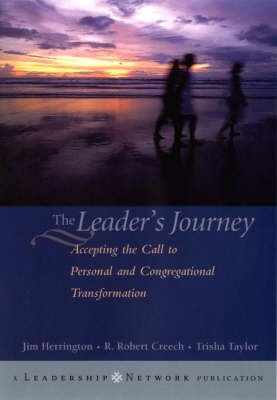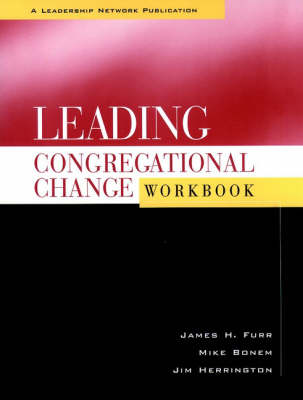Jossey-Bass Leadership Network
4 primary works • 5 total works
Book 8
The Leader′s Journey
by Jim Herrington, Robert Creech, and Trisha L. Taylor
Book 9
Leading Congregational Change
by Jim Herrington, Mike Bonem, and James H Furr
Book 15
Book 58
In doing so, he points to the AND that every spiritual organization should strive to achieve.
Leading Congregational Change Workbook
by Jim Herrington, Mike Bonem, and James H Furr
With this much-needed handbook, the authors brilliantly combine their experience guiding dozens of churches through the change process with both the study of Christian disciplines and the sophisticated understanding of such important business thinkers as John Kotter on leading change and Peter Senge on learning organizations. In this eminently readable book the authors have distilled their insights and practices into simple but powerful concepts for leading congregations, whether long established or recently formed, through profound change.
Leaders using this guide will also be interested in the companion Leading Congregational Change Workbook, which offers assessment questions, planning worksheets, activities, and case examples for each stage of the process.




